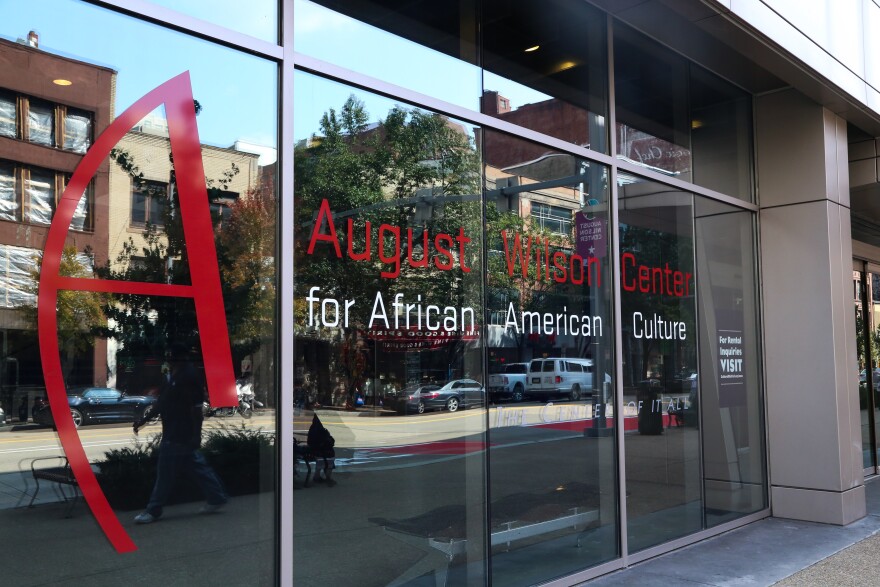With Allegheny County in the green phase of the coronavirus pandemic, many museums and other cultural institutions have either reopened or are preparing to. But the visitor experience there will be different, at least at first, and performing-arts groups still face big hurdles on the way to resuming operations.
Pittsburgh Zoo & PPG Aquarium reopened to the public Fri., June 5 – the very day the county went green, as determined by Gov. Tom Wolf. Phipps Conservatory and Botanical Gardens opened to members that day, too, and will welcome the public starting Saturday.
Tuesday, the four Carnegie Museums of Pittsburgh announced they’d open to members June 26 and to the public on June 29 – about 15 weeks after they closed their doors because of the statewide shutdown. It was one of a flurry of such announcements, in part the result of efforts by a collective of about local 30 arts-and-culture groups who’ve been meeting regularly to decide how best to reopen.
In the green phase, museums and theaters are classified as entertainment venues, and – like bars and restaurants – are permitted to open at 50 percent capacity. The Carnegie – which includes the museums of Art and Natural History, in Oakland, The Andy Warhol Museum, and the Carnegie Science Center – is playing it safe by holding attendance to 25 percent capacity at each facility, said President Steve Knapp.
At the vast Oakland complex, that translates to about 2,000 patrons at a time. (That’s still a lot of people, obviously; Knapp acknowledged that even pre-pandemic, the Oakland complex seldom reached even half its full legal capacity.)
“We think that’s a way we can be quite confident that we can operate safely with social distancing and all the rest, and still over the course of the day we’ll have enough visitors to make it viable to do that, to support the staff we need,” said Knapp.
To limit patrons, tickets will be sold online and in advance only, and timed to the half-hour. Patrons and staff alike will be required to wear facemasks, and to maintain 6 feet of distancing. Signage will guide traffic flow to help keep people apart, and staffers will monitor popular exhibits to make sure patrons don’t bunch too closely, Knapp said.
Some attractions that depend on physical proximity – the climbing wall at the Science Center’s SportsWorks, for instance – will be cordoned off. Other interactive displays, like those involving touch screens, will now employ styluses or at least be cleaned frequently, with patrons asked to make liberal use of hand-sanitizer.
In March, after the shutdown hit, the Carnegie furloughed about two-thirds of its staff – hundreds of workers, most of them part-time. Knapp said they’d be brought back in stages.
If workers’ experience at places like supermarkets is any guide, museum staff are likely at greater risk of infection than visitors would be. Knapp said that while the Carnegie wouldn’t be taking the temperatures of patrons, staff will be required to have their temperatures taken, and sent home if they have a fever of more than 100.4 F. Speaking Monday, Knapp said the Carnegie would hold a webinar Wednesday to address staff questions and concerns about the reopening.
But will patrons be back? Knapp acknowledged uncertainty. “Nobody knows at this point what the likelihood is that visitors will return in the same numbers they used to come to museums,” he said. “We just aren’t going to know for a while, so we’re going to have to gradually ramp up our operations.”
Other venues announcing reopenings include Heinz History Center, which will resume operations July 1, and The Frick Pittsburgh, which will begin a phased reopening July 7 by reopening its grounds. Among smaller arts groups, Pittsburgh Glass Center is aiming for an early July reopening, said executive director Heather McElwee in an email. The August Wilson Center for African-American Culture will reopen Sept. 18, said a spokesperson in an email.

Officials at the Pittsburgh Cultural Trust, which operates galleries Downtown including Wood Street Galleries and Space, were not available at to comment.
Reopening is a highly individualized process, acknowledged Knapp, who is among the conveners of the arts-group collective that helped plan the reopenings. And indeed, a message on the website of the Children’s Museum of Pittsburgh – which relies heavily on hands-on exhibits and activities – said as of Monday the museum had no plans to reopen at this time. The National Aviary – unlike the zoo, an overwhelmingly indoor institution – also has not announced reopening plans. [Editor's note: After this story was published, the Aviary announced it would open to members only June 28, and to the public July 1.]
Then there are performing-arts venues, from the Trust’s own Byham Theater and Benedum Center to the Pittsburgh Symphony’s Heinz Hall; the homes of theater troupes like Pittsburgh Public Theater and City Theatre; and multipurpose venues like the Kelly-Strayhorn Theater and the New Hazlett Theater.
Performing-arts facilities – which essentially require large numbers of people to sit close together for a couple hours at a time -- face a unique set of challenges which might preclude them from opening for quite a while yet, spokespersons have said in recent weeks.





